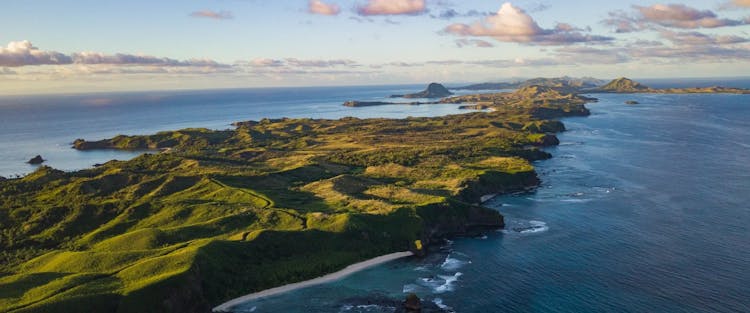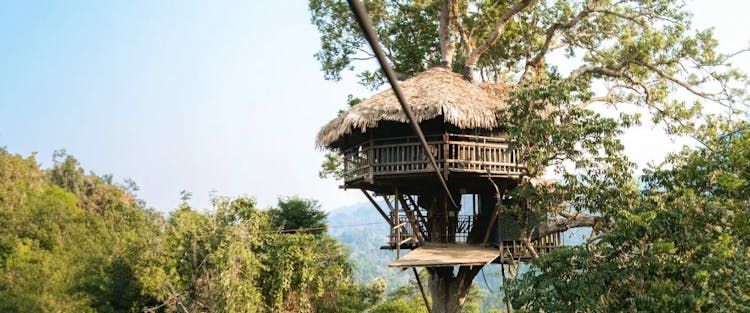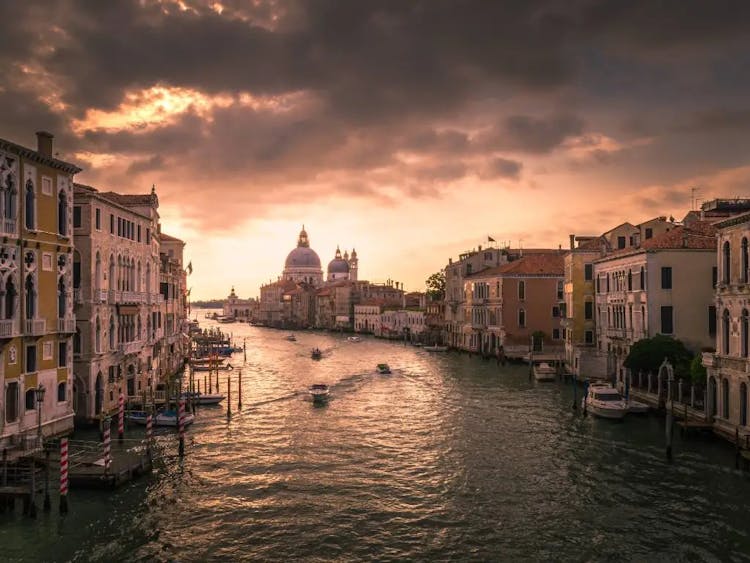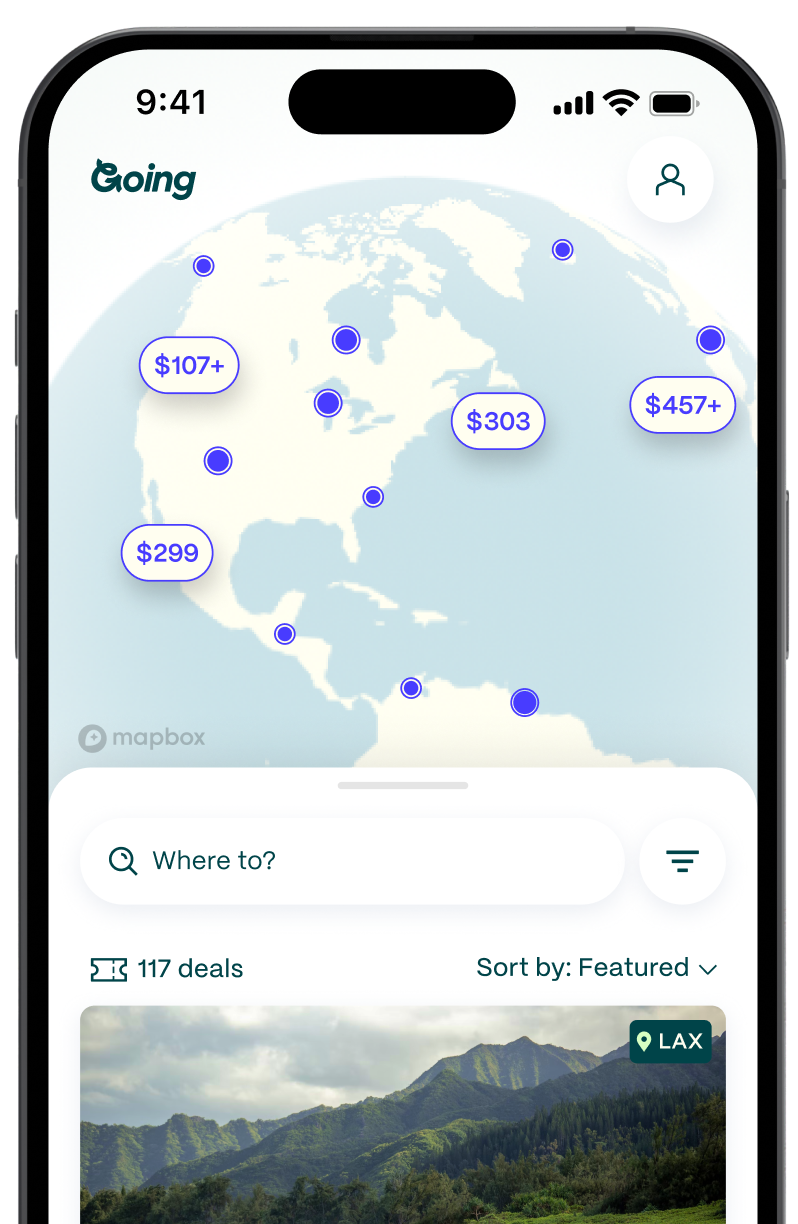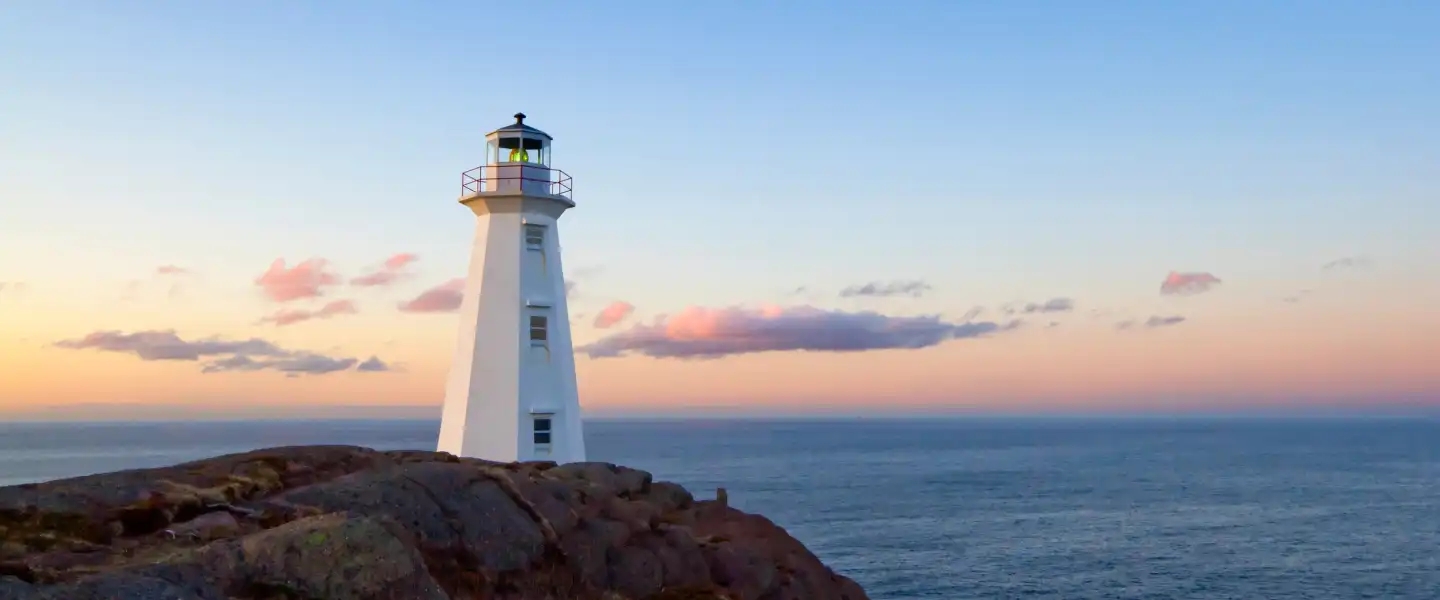
Newfoundland and Labrador: The Canadian Province of Puffins and Icebergs
Table of Contents
Newfoundland and Labrador is a Canadian province that feels like it's at the edge of the earth (and according to some, it is). Made up of the island of Newfoundland and the coastal region of Labrador, the former British dominion (it only joined Canada in 1949) has its own time zone and a distinct musical tradition perched at the easternmost point in North America. There are just over half a million people in this easterly province, which is only slightly smaller than California in square miles, but the local hospitality and preservation of its unique history and culture is a force of nature.
The Rock, as it's known by many, is filled with outdoor adventure opportunities and thousands of miles of coastal hiking trails. While the capital, St. John’s, has long been a jumping-off point for retired ecotourists in search of puffins and icebergs, in recent years, it has become a culinary destination in its own right. With an overflowing craft brewery scene, there’s always a good time to be found, usually in someone’s kitchen.
Fish and chips and Bourdain, oh my!

Codfish has long been king in Newfoundland and Labrador, both as an industry and at the dinner table. While many of the province's iconic dishes, like Jiggs’ Dinner (salted beef, root vegetables, and yellow split peas), are best found at your Nan’s dinner table, you can find a great plate of fish and chips in any town.
Fish and chips—known by many as simply fi’ and chi’—arrived in Newfoundland after the First World War. Many Newfoundlanders who fought for the British took leave in London and discovered the iconic dish there. The demand for the dish came back with them, and the rest is history.
For a small city, St. John’s punches well above its weight with a nationally acclaimed dining scene—local restaurants frequently sit at the top of “best restaurants in Canada” lists, and chefs have won multiple national awards for their food, along with a wide range of dining options, from great Indian takeout (these eateries are abundant) to British pub fare. Famed chef raconteur Anthony Bourdain visited in 2018 and called Raymonds the best restaurant in Canada, and while this restaurant closed in 2020 after more than a decade, its new Nordic-style Newfoundland cuisine put the province on the map when it came to fine dining, appearing in international media like the New York Times.
From kitchen parties to Broadway

The settlement of tens of thousands of Irish immigrants to Newfoundland in the 18th and 19th centuries to fish for cod heavily influenced both the language and the traditional folk music of the island. The tones and the accents of the music echo to this day, and Newfoundland and Labrador has a rich musical tradition that permeates most aspects of life, whether that’s in the kitchen or at the pub.
On any given day on George Street in St. John’s, you can find someone playing live traditional music. The street has the most bars per capita in Canada, Irish pubs abound, and the sounds of accordions, guitars, and ugly sticks (a homemade percussion instrument made with mops, brooms, bottle caps, or tin cans) ring out. At home, celebrations take place in the kitchen, and even when there’s nothing to celebrate, live music inevitably erupts at the kitchen party.
NL’s kitchen parties, music, and unbelievable hospitality made it all the way to Broadway in the hit musical Come From Away, set in Gander in the days following the September 11th attacks when almost 7,000 airline passengers were forced to land there when US air space was closed.
Flat Earthers and icebergs on Fogo

Fogo Island on the north coast is the largest offshore island of Newfoundland and Labrador and is said to be one of the four corners of the world—at least, according to the Flat Earth Society.
Climb to the top of Brimstone Head to stand on the “corner of the earth,” or tour the island by car to spot the famous Fogo caribou herd and other unique wildlife like razorbills, king eiders, and white-winged scoters, as well as stately Fogo Island Inn and the artists' residences that attract architecture buffs and celebrities from all over the world
Because of its location on the northern coast of Newfoundland, Fogo Island is also one of the best places in the province to hunt for icebergs making their way down from western Greenland in May and June. Every spring, hundreds of mammoth ice chunks that are more than 10,000 years old make their way down the coast. It’s a majestic sight to experience on a boat tour or from the coastline. Nearby Twillingate, on mainland Newfoundland, is also a prime jumping-off point for an iceberg-spotting adventure with myriad tour options to choose from, plus the pure water of iceberg ice makes for cocktail coolers—one company even makes vodka from it.
Indigenous traditions
Newfoundland, known as the island of Ktaqmkuk, is the unceded, traditional territory of the Beothuk and the Mi'kmaq, while Labrador is the traditional and ancestral homelands of the Innu of Nitassinan, the Inuit of Nunatsiavut, and the Inuit of NunatuKavut.
The Inuit and Innu have been in Labrador for thousands of years, long before the Europeans colonized Canada’s North in the 17th century. To experience the northern way of life, take a multi-day snowmobiling tour of the Labrador tundra and boreal forest with Blue Spruce X’s owner Gordie Rendell, a skilled Nunatsiavut Inuit guide—you might see a polar bear in the spring or enjoy the flavors of the Inuit like panitsiak (fry bread) and redberry pie at the Illusuak Cultural Centre Cafe in Nain.
For more than 5,000 years, the Beothuk inhabited the island of Newfoundland. Within a few hundred years of European contact in the 16th century, one of the last known surviving Beothuk, Shanawdithit, died in 1829 after contracting tuberculosis while working as a servant in St. John’s. She was known for her work translating English words into her own language. Along with Shanawdithit, Beothuk speakers Demasduit and Oubee were instrumental in what small amount of documentation of translation of Beothuk vocabulary remains, and you can visit her namesake museum, Demasduit Regional Museum in Grand Falls-Windsor, to learn about the history of Central Newfoundland.
See Valhalla in real life

While most of the history books proclaim the first European arrival in North America was by the English and Spanish, it was the Vikings who first made landfall in 1021 CE at L’Anse aux Meadows on the most northern tip of Newfoundland. Leif Ericsson founded a settlement just outside of modern-day St. Anthony. For generations, there were only whispers and rumors about it, until the 1960s when Norwegian explorer and writer Helge Ingstad and his archaeologist wife, Anne Stine Ingstad, discovered “Vinland” and excavated the site.
These days, you can wander in and out of the reconstructed sod huts of the Norse encampment at L'Anse aux Meadows National Historic Site, a UNESCO World Heritage site, or for an immersive experience, head just down the road to Norstead, a living Viking history attraction where you can chat with costumed interpreters spinning sheep fleece or tending to the 54-foot replica Viking knarr ship.
Baskets of fish

According to lore, when Italian explorer John Cabot (a.k.a. Giovanni Caboto) landed in North America at Cape Bonavista for the first time in 1497, “discovering” it on behalf of the British, you could toss a basket in the water and pull it out teeming with codfish. Until the province-wide moratorium in 1992, cod remained the main source of industry in Bonavista, which became a merchant town filled with impressive buildings.
Today, tourism reigns supreme with restored historic structures, and the town has become a preserved architectural example of the cod fishery in Newfoundland. Visit the Ryan Premises National Historic Site for a deeper look at the history of Newfoundland’s most important industry, or head to reinvigorated Church Street for craft shops and eateries housed in a rainbow of restored buildings.
Eco-adventure is at its best on the Bonavista peninsula, with dozens of experiences to choose from, whether it's sea kayaking, whale-watching boat tours, or birdwatching. In the town of Elliston, the root cellar capital of the world, you can visit the craggy rock outcrop known as the Puffin Site, where there are more than 2,000 puffins clinging to the cliffside from May to September. The Bonavista peninsula is also the birthplace of the province’s thriving craft beer scene. Stop by Port Rexton Brewing after a hike on one of the dozens of coastal trails to sample their brews.
Don’t fall on your fjord

The island of Newfoundland is very large (it would rank fourth in size behind Alaska, Texas, and California if it were one of the United States) with a fascinating geological landscape. On the west coast of the island, the fjords and mountains are shaped by the collision of billion-year-old glaciers and tectonic plates, attracting hikers from all over the world to Gros Morne National Park.
Take the Western Brook Pond boat tour to see the majestic fjords from below, or climb the 2,700 feet to the top of Gros Morne Mountain, a bucket list climb for many. Every summer, writers from around the world gather for the Woody Point Writers’ Festival, and in Norris Point, the interpreters at the Bonne Bay Aquarium & Research Station will teach you about the unique ecology of the area.
The West Coast is also home to a rich francophone history on the island which saw hundreds of years of battles between France and England over fishing territory. At the French Rooms Cultural Center in Port au Choix, learn about the 1713 Treaty of Utrecht that fated French fishing and the forced assimilation of French immigrants. Every day in the summer, the interpreters don their period garb and bake bread in the traditional oven to serve with local jam and tea.
A bit of France on the coast

The French Territorial Collectivity of St. Pierre and Miquelon sits right off the southern coast of Newfoundland, which means you can pop over to France for a quick visit. After more than 100 years of land disputes, the British finally relinquished the eight islands to the French in 1816, and they have been fiercely French since then.
The ferry only takes about 1.5 hours, but when you disembark, it feels like you’re in Europe with its cobblestoned streets, pastry shops, and lots of French wine. Explore the town of St. Pierre and make sure to visit the cemetery with its unusually carved gravestones and above-ground graves, tour the restored houses of the uninhabited Île-aux-Marins, which saw its last permanent residents depart in the 1960s, or hike the beautifully remote island of Miquelon.
Good to know
Is Newfoundland and Labrador expensive?
Because of its remote location, travel to Newfoundland and Labrador can get pricey if you don’t plan ahead, especially when it comes to car rentals which are in short supply during high season. A mid-range hotel will run around $150 per night in high season. expect to pay between $65-$100 for a sit-down meal for two at a mid-range restaurant.
Best time to visit Newfoundland and Labrador
July and August have the best weather, with hot days and many tourists, but iceberg-hunting season happens in late May through early June. Winter is long there, think October through March, and most tourism is shut down for the season.
What languages are spoken in Newfoundland and Labrador?
English is the primary language throughout Newfoundland and Labrador, though many tourist sights and operators will speak French as well.
Newfoundland and Labrador with kids
Newfoundland and Labrador isn’t known as a family destination, but with its beaches, outdoor adventure, and great national parks programming for kids, there’s plenty to keep families entertained.
Newfoundland and Labrador public transportation
Newfoundland and Labrador has limited public transit options. There’s a metro bus system within St. John’s, but to enjoy traveling across the province, a rental car is highly recommended.
Is Newfoundland and Labrador safe?
Canada ranks #11 out of 163 ranked countries in the Global Peace Index. Newfoundland and Labrador has very low crime rates and very high hospitality expectations, with a warm and welcoming population. Canada ranks #6 for LGBTQ+ equality. Newfoundland and Labrador is a province of Canada ranked the highest in the world when it comes to LGBTQ+ travel.
Getting to Newfoundland and Labrador
- Main airport: YYT
- Average Going deal price: $372 roundtrip
Published April 2, 2024
Last updated April 2, 2024


